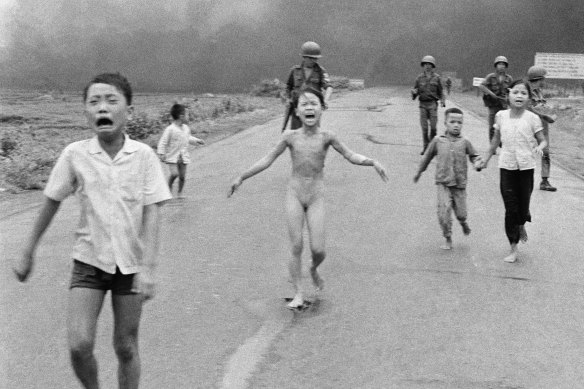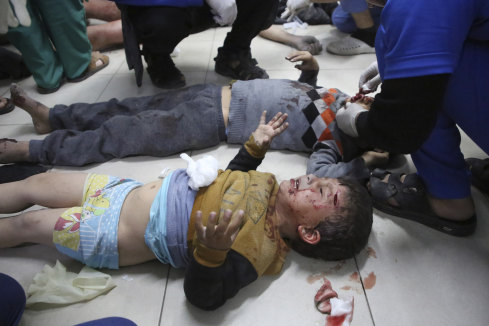
It had taken just 100 days for Rwanda’s Hutu genocidaires to slaughter somewhere between half a million and a million people, the vast majority of them Tutsis. Most of the killing was accomplished with the use of machetes, blunt clubs, grenades and accompanied by the rape of an estimated quarter-of-a-million women and girls.
The world turned its back. The United Nations’ reputation was forever stained for withdrawing its few troops rather than sending a force that might have stopped the bloodbath.
When Siewert and I arrived in Rwanda, it was a place of ghosts, all but emptied.
It was too late for anyone to rescue the doomed, and it was left to aid workers to care for those left, many of them dying of cholera and dysentery, their bodies tossed into pits and covered in quicklime.
There was a ghastly ambivalence about even this, for those who fled their country were also those who had done much of the killing.
It is always the children who suffer most from the brutal bickering of adults, whatever the conflict.
They are innocent. It is never their fight.
It is as if the children’s dismal task is to stab the conscience of a world that often seems beyond caring.
The images of their agony haunt generations.
Such images often refuse to vacate the minds of those who bear witness close enough to seize the torment on film.
The 1972 picture of a little girl screaming, her naked body burned by napalm, became the photo that exposed the unbearable viciousness of the Vietnam War.

This photo of Kim Phuc after a napalm attack has become synonymous of the horror of the Vietnam War.Credit: Nick Ut
Less known is that the photographer who captured the nine-year-old child’s torment, Nick Ut, drove her to a medical outpost and demanded that she be treated, despite doctors claiming that with 35 per cent of her body seared by third-degree burns, she could not be saved.
“If I don’t help her – if something happened and she died – I think I’d kill myself after that,” Ut said later.
The child, named Kim Phuc, survived.
In 1993, the picture of a child collapsed and starving in southern Sudan, a hooded vulture standing covetously nearby, led the world into an understanding of civil war and famine.
The South African photographer, Kevin Carter, chased the vulture away. The child reportedly survived.
Carter won a Pulitzer Prize for the picture.
He took his own life four months later.
And now our television screens bring us nightly the faces of children trapped in the corridor of the damned, Gaza, battling to get enough food to survive, and screaming and bleeding in bombed-out hospitals.
The reporters and photographers who refuse to turn away do their jobs at enormous risk to their own lives, their numbers dwindling. According to Reporters Sans Frontieres (Reporters Without Borders), 103 journalists have been killed in Gaza in the past six months.

Palestinian children wounded by Israeli bombardment of Gaza are treated in a hospital in Rafah.Credit: AP
And for what, really?
The world today seems as slow and unwilling to intercede in any useful way to try to save the lives of children in Gaza as it was in Rwanda 30 years ago, or in Vietnam 52 years ago, or in Sudan 31 years ago, and almost any time in the decades since.
The leaders of Hamas knew what would happen to their followers’ children after they sent their terror squads into Israel, killing and taking hostages, on October 7. The pictures of suffering to come were surely in their long-range strategy.
The leaders of Israel, their people victims and descendants of victims of the most terrible of genocides three-quarters of a century ago, also had to know, when ordering retribution without apparent end, what would happen to children when cornered within the storm.
Would it matter if they saw the fruits of their ferocity up close, in the eyes of a child?
Siewert and I never learned the fate of that smiling boy 30 years ago. He was one of too many.
If you or anyone you know needs help, call Lifeline on 13 11 14 (and see lifeline.org.au) or Beyond Blue on1300 22 4636 (and see beyondblue.org.au).



























